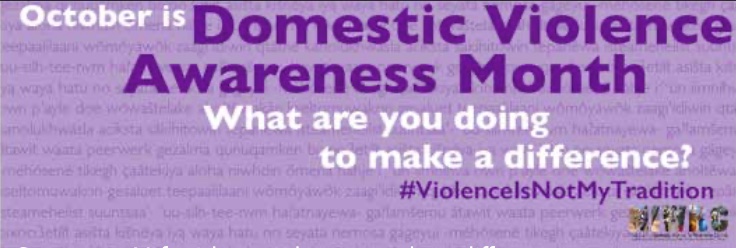Domestic Violence Awareness Month 30th Anniversary #DVAMTurns30
 In October 1987, the National Coalition Against Domestic Violence (NCADV) launched Domestic Violence Awareness Month (DVAM) to raise awareness and connect the movement across the United States. Now 30 years later the movement can celebrate the changes accomplished across the United States with increased services for victims, stronger accountability for abusers, and year-by-year increased legislation improving tribal, state, and federal laws.
In October 1987, the National Coalition Against Domestic Violence (NCADV) launched Domestic Violence Awareness Month (DVAM) to raise awareness and connect the movement across the United States. Now 30 years later the movement can celebrate the changes accomplished across the United States with increased services for victims, stronger accountability for abusers, and year-by-year increased legislation improving tribal, state, and federal laws.
DVAM History
Conceived by the NCADV, DVAM evolved from the “Day of Unity” held in October 1981. The intent was to connect the advocates across the nation who were working to end violence against women and children. The Day of Unity soon became an entire week devoted to a range of activities conducted at the local, tribal, state, and national levels. The activities and themes varied from location to location but included the common themes of mourning lives lost, celebrating survivors, and connecting those working to end the violence—themes that continue to shape current DVAM activities. The first DVAM month was observed in October 1987, and in 1989, Congress designated October as National Domestic Violence Awareness Month.
Events Across American Indian tribes, Alaska Native Villages, and the United States
This October, DVAM will be celebrated by local, tribal, state, and federal agencies. These events take the form of walks, parades, vigils, marches, conferences, forums, and other activities. If you would like to share your DVAM event or join an event nearby, you can search the NCADV DVAM Turns 30 website at http://www.nrcdv.org/dvam/dvam-events. Public awareness campaigns educate the public about specific issues. Campaigns bring issues to the forefront of dialogue, and can alter social consciousness and encourage people to change their actions. Public awareness campaigns on domestic violence can educate community members about the prevalence of abuse, encourage people to take action to end abuse, and alert survivors to the options and resources that are available to them.





